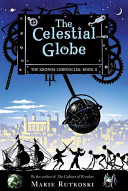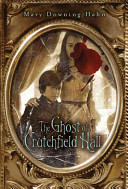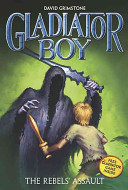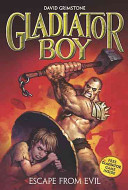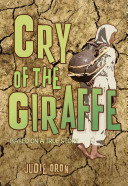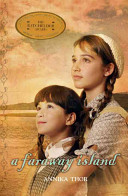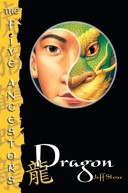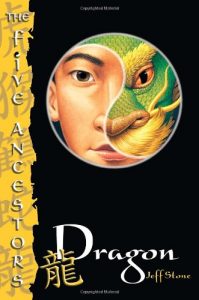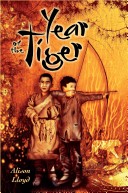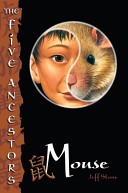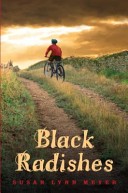
It is March of 1940. The French believe that their army can protect them from Nazi Germany. But is Paris a safe place for Jews? Gustavers”s parents donrs”t think so. Forced to leave behind his best friend, the mischievous Marcel, and his cousin Jean-Paul, Gustave moves with his mother and father to Saint-Georges, a small village in the countryside. During April and May, Nazi Germany invades one country after another. In June, the French army is defeated, and Paris is occupied. Saint-Georges is still part of the free zone, but the situation there is becoming increasingly precarious. Then Gustave meets Nicole, a Catholic girl who works for the French Resistance. Along with her father, Nicole tries to find a way to smuggle Jean-Paul, Marcel, and their families into Free France so that they can all escape to America. It is Gustave, however, who comes up with a plan that just might work. But going into Occupied France is a risky thing to do when you are Jewish. Inspired by her fatherrs”s experiences as a Jewish child living in France during World War II, Susan Lynn Meyer tells the story of a familyrs”s day-to-day struggles in a country that may not be able to keep its promise of “Liberty, Equality, and Fraternity.”
See the review at WOW Review, Volume 4, Issue 1
